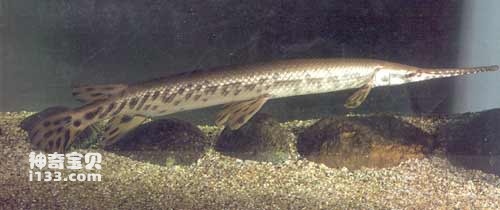Any animal, in order to survive, must obtain food and defend itself from enemies. Attack and defense are a set of interdependent behaviors that exist in pairs. Animals must initiate aggressive behavior in order to harm or scare away individuals of the same or different species. On the contrary, effective defense measures need to be taken in order to reduce the harm to oneself or one's race from adverse environmental factors and other individuals of the same or different species.
Where there are attackers, there are defenders, and these two behaviors are often expressed in pairs on different individuals. Sometimes these two behaviors alternate rapidly in an individual, acting as both an attacker and a defender, as is the case when males fight for females during estrus. Some individuals may attack initially, but when they are no longer able to defeat their opponents, they can immediately transform into defenders. Some individuals may use the same methods of attack and defense, while others may use different methods of attack and defense. Aggressive and defensive behaviors can be performed individually or in groups. Animal attack and defense are mainly seen in feeding behavior, courtship behavior and child care behavior.

Fish, like other higher animals, have a wide variety of attack and defense weapons, which can be roughly divided into structural (such as spines, bone plates, long beaks, suckers, etc.), physical and chemical (venom gland venom, electric current, etc.) and purely behavioral ( Such as swimming quickly, drilling holes, burying in mud, etc.). The function of aggressive and defensive behaviors is to ensure the survival and reproduction of fish individuals or species. During the feeding process, fish have to compete with other individuals of the same or different species for food, and ferocious carnivorous fish often have to subdue their prey to get food; in turn, the prey must resist predators in order to survive. Fish with territorial behavior have to defend their territory from intrusion by other individuals of the same species. During the reproductive season, males of many fish species compete for mates and spawning sites. Therefore, attack and defense behaviors are necessary for fish to survive, seek food, courtship, and raise young.
Attack and defense behaviors are basically instinctive. Many fish will attack and defend themselves as soon as they are born. For example, when a newly hatched fighting fish lives alone, it will attack other individuals of the same species or even its own mirror image. attack. Aggressive and defensive behaviors are also adaptive behaviors and are in evolutionary development. In the process of evolution, individuals who can attack or defend effectively can survive and reproduce.
The aggressive behavior of fish is a means to obtain food, defend territory, compete for mates, and improve their dominance in the community. The target of attack can be a heterogeneous individual or an individual of the same species. Aggressive behavior is more obvious in adult males. For example, when courting and caring for young, females perform as well as males.

Aggression takes many forms, so the weapons used also have their own characteristics. Fierce fishes such as squid and mackerel swim quickly and use their large mouths and strong upper and lower jaws; the upper and lower jaws of gars and needlefishes are extended into "beaks" with sharp teeth of different sizes; gars It is more cunning when hunting. When it finds a school of small fish, it swims over quietly, with its whole body like a piece of driftwood. When its mouth reaches the appropriate hunting position, it concentrates on the target and moves its head across it in a jerky and convulsive manner. , quickly capture the food fish between its two jaws; while the needlefish uses a speeding method to chase food, using its "beak" like an impactor to pierce the eyes and body of small fish. The angler lies quietly on the seabed and uses the tentacles on its head to lure small fish. When the small fish gather around its head, it suddenly opens its large mouth like a big pump and sucks the small fish into its mouth. The electric ray uses the generator on its chest to kill or paralyze its opponent. Feeding behavior is the basis of other behaviors, with the most obvious manifestations and the most diverse forms. Sometimes it is combined with other behaviors. Feeding behavior must not only meet the nutritional needs of the feeder, but also often meet the needs of other individuals of the same species, including offspring. For example, the nutrients obtained by a female angler from predation must not only supply its own needs, but also supply those parasitizing on the body surface. Requirements for gonadal development of male anglers and reproductive offspring.
For a species, the survival of individuals is also to continue the population, so the importance of feeding behavior is that it also ensures the reproduction behavior. Some fish, such as whitebait and salmon, only reproduce once in their lives and die when they mature and spawn. But those fish that reproduce many times in their lifetime engage in lifelong feeding behavior.
animal tags:
We created this article in conjunction with AI technology, then made sure it was fact-checked and edited by a Animals Top editor.